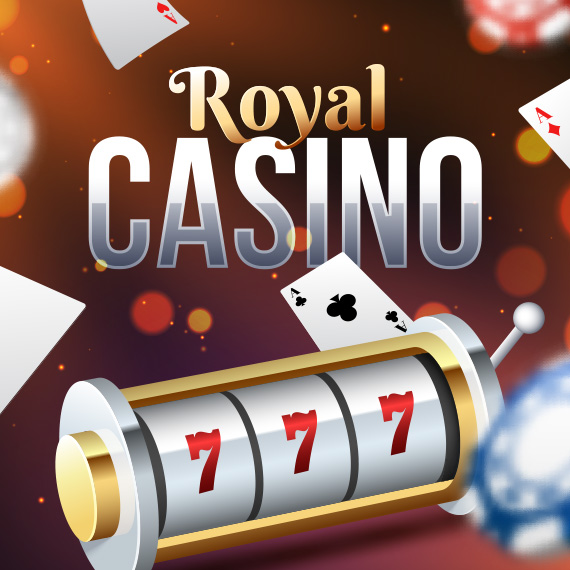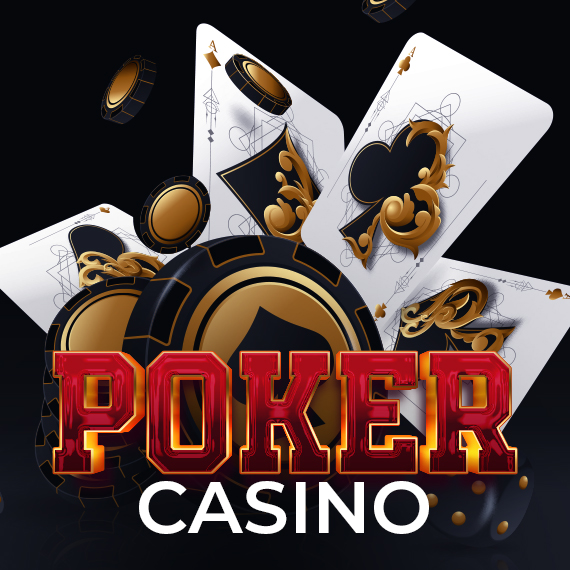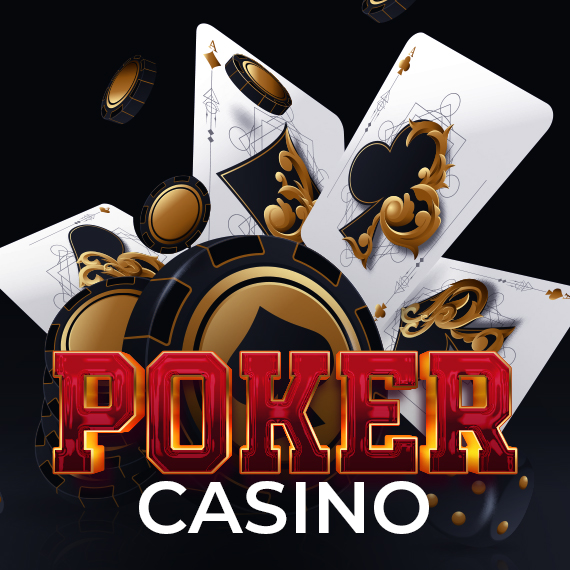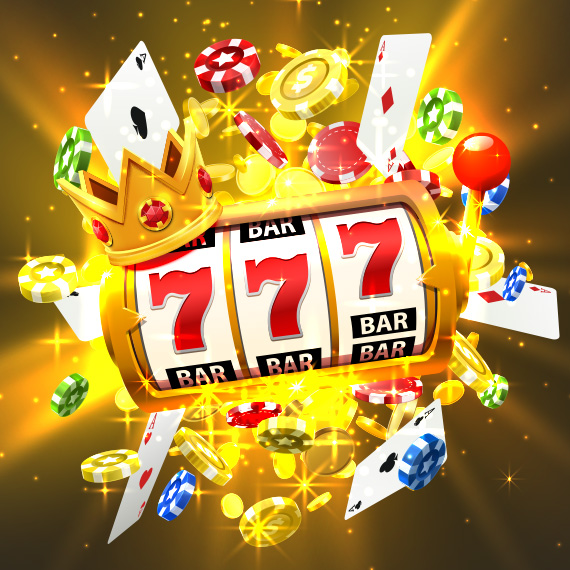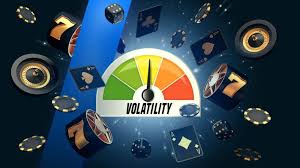Get the Winning Edge: Best Fortnite Ballistic Settings Every Bettor Should Know
Want to up your Fortnite Ballistic game and make smarter bets? Master these pro settings to boost player performance and stay ahead in esports betting.
96
If you want to consistently win and maximize your betting success on Fortnite Ballistic esports matches, getting your game settings dialed in is absolutely essential. Whether you’re a casual player looking to sharpen your skills or an esports bettor wanting to better understand player performance, knowing the best graphics, crosshair, HUD, and controller configurations can give you insight into who might have the edge in competitive play. Below, we break down the optimal settings to help you get the smoothest gameplay and the tightest aiming experience—both crucial for mastering Fortnite Ballistic.
Optimizing Graphics Settings for Peak Performance
The first step to ensuring you can react quickly and play without frustrating lag or frame drops is to optimize your graphics settings. Fortnite Ballistic is surprisingly friendly on hardware compared to other modern shooters, but even so, tweaking your graphics for maximum FPS while maintaining visual clarity is key.
A crucial setting to experiment with is texture quality. The right texture setting depends heavily on your system specs. Players with mid-range or older PCs will benefit from lowering texture quality to avoid frame rate drops during intense firefights. Keeping textures at medium or high is fine if your hardware can handle it without stuttering.
One issue you might encounter is screen tearing, which occurs when your monitor’s refresh rate and game frame rate fall out of sync. To address this, enabling VSync can help, but only turn it on if you really need it, since it can introduce input lag—bad news for competitive gaming. Also, it’s best to disable motion blur entirely. Motion blur can make fast movements look smoother, but it negatively impacts aiming precision and overall clarity.
For your resolution, stick with either 1920×1080 (Full HD) or 2560×1440 (2K), depending on your monitor. Both resolutions provide excellent visual quality without overly taxing your hardware. In terms of rendering, DirectX 12 or a performance mode (if available) will often give you the best balance between visuals and FPS.
Other graphical settings like shadows, global illumination, and reflections should be set low or off to maximize frame rate, as these options don’t hugely impact gameplay but can severely reduce performance. You can keep your view distance on Epic to spot opponents far away without compromising much performance.
Additionally, enabling Nvidia Reflex Low Latency with Boost is recommended if you have compatible Nvidia hardware. This technology reduces system latency, allowing your inputs to register faster on screen, an undeniable advantage in a fast-paced FPS like Fortnite Ballistic.
Setting Up Crosshairs and HUD for Competitive Edge
Aiming precisely is the difference between winning and losing, so your crosshair settings deserve careful attention. Unlike other shooters such as Valorant or CS:GO, Fortnite Ballistic does not allow you to customize your crosshair style, but you can control how it behaves.
Keep your reticle and ammo indicator turned on to always be aware of your shooting capacity, but disable options like spread and recoil indicators to avoid distracting visuals. Damage numbers should be cumulative, allowing you to see the total damage dealt per hit, and set the damage feedback to “Hit Only” so you’re not overloaded with constant notifications.
The HUD (Heads-Up Display) should remain minimalist. Avoid cluttering your screen with too many elements; only keep essential displays active such as health, minimap, and elimination feed. This helps reduce distractions during crucial moments, allowing you to focus entirely on the battlefield. Features like resource counts and control prompts can be turned off to maintain a clean screen.
Fine-Tuning Controller Settings for Maximum Responsiveness
If you’re playing Fortnite Ballistic on a controller, fine-tuning sensitivity and input settings is vital. Your ideal sensitivity settings depend on your personal playstyle. Some players prefer lower sensitivity for greater accuracy and slower aiming adjustments, while others favor higher sensitivity for rapid flick shots and faster reactions.
Set your look sensitivity and aim sensitivity (ADS) to moderate levels, around 5 on a 10-point scale, as a solid starting point. Adjust these gradually based on your comfort and performance. Dead zones for both the left and right sticks should be kept low—around 10%—to reduce input delay and ensure your sticks respond instantly to small movements.
Disabling controller vibration is advisable to prevent distraction during gameplay. Features like adaptive triggers might feel immersive, but they can interfere with rapid-fire actions, so keeping them off is the safer bet.
For miscellaneous settings, turn auto-run on to conserve your stamina and keep your focus on aiming. Adjust slide and camera reset timings to default or low values to maintain smooth and predictable movements.
How These Settings Impact Esports Betting
Understanding these settings gives you an edge as an esports bettor. Players with optimized graphics settings are less likely to experience lag or visual distractions, improving their reaction times and aiming precision—key factors in high-level Fortnite Ballistic play. A player’s controller or mouse sensitivity often reveals their comfort zone; erratic or overly high sensitivity can lead to inconsistent performance, whereas well-tuned settings correlate with precision and steadiness.
When following tournaments or live matches, look out for players known to use minimal HUD and crosshair distractions, as they tend to maintain better focus under pressure. Similarly, those who fine-tune their settings for reduced latency and improved FPS generally outlast opponents relying on default or suboptimal configurations.
Conclusion
Mastering Fortnite Ballistic isn’t just about raw skill—it’s also about how well you set up your game environment. By tweaking graphics to hit the sweet spot between FPS and visuals, simplifying your HUD and crosshair, and dialing in your controller settings for quick and accurate responses, you’ll place yourself in the best position to win. Whether you’re grinding the game yourself or placing bets on esports matches, understanding these settings helps you appreciate the nuance behind each player’s performance and increases your chances of making informed, winning predictions.
So before you jump into your next Fortnite Ballistic session or esports wager, take the time to optimize your settings. The difference between victory and defeat may come down to just a few tweaks.



